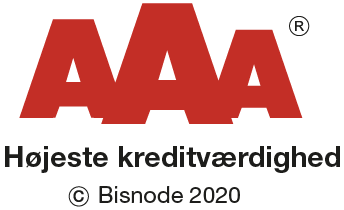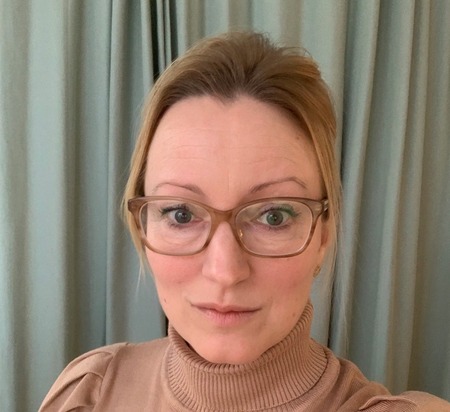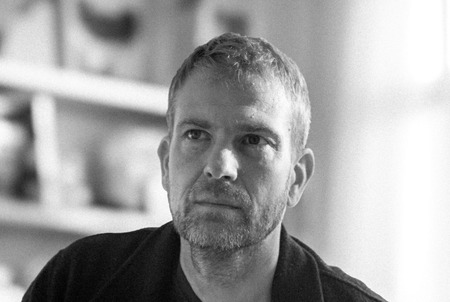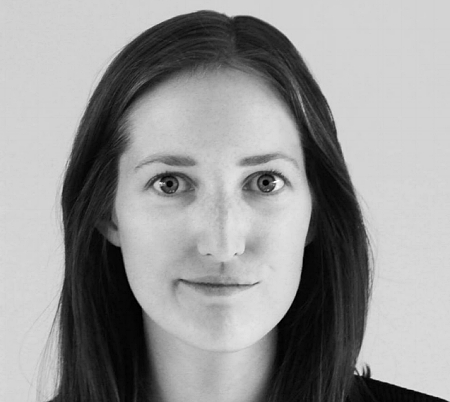
Articles
What a freelance graphic designer can do
By Carsten Bjerregaard, Marketingcapacity.dk (Link to articles. Copying/publishing without agreement is not allowed)
A graphic designer works with the graphic representation of messages. This means using letters, images, drawings, logos, colors and other graphic elements to sell messages and give them form. Typically, this includes websites, landing pages, banner ads, brochures, business cards, posters, packaging, leaflets, flyers, logos, newsletters, whitepapers, magazines, newspapers, signs for TV commercials and other elements. For advertising, information or other types of communication.
View Graphic Designer profiles
Content:
- What is graphic design?
- What else is a graphic designer called?
- How does graphic design create value?
- What does a graphic designer need to know?
- Examples of good graphic work
- Why a freelance graphic designer instead of hiring or consulting an agency?
- How do you find a good freelance graphic designer?
What is graphic design?
It's about visual design. That is, designing how something looks. Or in other words: Giving messages a visual expression. A graphic designer must therefore have several personal skills. He/she must:
- Be creative
- Be systematic (to be able to create and maintain a graphical line that is consistent across the different graphical elements)
- Good communication and argumentation skills
- Have good taste
In addition to a wide range of professional skills, the graphic designer needs to have a wide range of professional competencies:
- Image processing
- Knowledge of typography (fonts) and how they work
- Knowledge of how media works (e.g. pixels in banner ads, paper types and printing forms, functionalities on social media, etc.
- Knowledge of colors and how they affect people
Finally, there are some tools that the graphic designer must master. These are:
- Notebooks
- Physical drawing tools (Sketch, illustration, layout)
- Digital calculation tools (e.g.: Wacom pen, tablet, display etc.)
- Adobe tools (Photoshop, InDesign, Illustrator, Premiere Pro etc.)
Or others that already exist or are coming. New tools are constantly being developed because there are so many graphic designers and it's a widespread craft. The better personal and professional skills a graphic designer has, the better they are able to do their job.
What else is a graphic designer called?
A graphic designer is often referred to colloquially as a graphic artist. Some refer to a graphic designer as a 'draftsman' - a title that dates back to the days of hand-drawn sketches that would later be finalized for print. Some graphic designers also work in Art Direction (the development of communication ideas) and therefore call themselves ADs. Finally, there are graphic designers who specialize in the web and how to guide users of websites, for example. They typically call themselves digital graphic designers or UX designers (User Experience designers). Being a graphic designer can be many things. And many graphic designers have specific areas of expertise or specialties that they are particularly good at.
How do graphic designers create value?
The graphic designer can create value by supporting a message:
- So it's easy to understand
- So it becomes easy to relate to
- So it creates clarity or emotions that are beyond what words can do
- So it becomes intuitive what the message recipient should do. For example, the graphic design of a website can determine how a user acts on the website
- So it creates a feeling in the recipient about the sender. For example, that the sender is funny, professional, caring, creative, serious - or whatever brand expression the graphic designer supports
As the saying goes, a picture is worth 1,000 words. And it's the graphic designer who 'creates the overall picture of the message'.
What does a graphic designer need to know?
As mentioned, the graphic artist or designer must have a number of skills. And they need to be able to use them in a process: which usually looks like this:
- If the graphic designer is employed by an agency, the client is a customer. In this case, the client is typically a company or organization. The graphic designer may also be employed by a company where there are internal clients, for example, a marketing manager
- The client briefs the graphic designer on an assignment. The graphic designer is told what the desired outcome is. And there will typically be some material that the graphic designer will need. Maybe a copywriter has written a text, maybe an AD has done a hand sketch, maybe there are already some images. There will also typically be a logo and some design guidelines that the graphic designer must adhere to
- The graphic designer sometimes writes a debrief to explain how he/she sees the task. This is an extra assurance that there is agreement on what the task is about
- Based on the assignment and possibly the debrief, the graphic designer often gives an estimate of their expected time commitment
- If you agree on the goal, the task and the time required, the graphic designer starts working on the job
- Sometimes the graphic designer comes up with one suggestion. For example, if it's a standardized flyer or newsletter that stays within the given framework. Other times, if it's a more creative task - an advertisement or a new logo - the graphic designer will come up with several suggestions that are still in the early stages
- The proposal is presented to the client (customer), who comments and may ask for corrections. This part of the process can be repeated
- Once the customer is satisfied, the graphic designer starts to finish it. This is what used to be called 'clean drawing'. The part of the process where every detail of the design is taken care of:
- Any text will be set accurately, in the right font with correct spacing (spacing between letters), margins, etc.
- Cropping and processing images
- Any adjustments to color and contrast in the image are made
- The logo stays where it should be
- Etc.
- Finally, the drawing is put into production. It may need to be transferred to pixels on a screen, or it may need to be transferred to print files. Here, the graphic designer often has a controlling function
Examples of good graphic design
When looking at graphic work, you can divide your assessment into 3 dimensions:
- The graphic craftsmanship (is the work skillfully and competently done? Does it meet the normally accepted standards of good work. For example, free scraping of images, typography, text that keeps register, etc.)
- Communicative strength (does the graphic work support the message so that it is understood and the message has the desired effect on the recipient?)
- Taste ratings (do I like it?)
Therefore, you will find that the overall assessment of graphic work changes over time. This is especially true of the taste dimension. Whereas the craftsmanship will be assessed more similarly over time. Examples of graphic work that you won't forget once you've seen it are
- Coca-Cola logo
- The FedEx logo with the arrow pointing forward as an element between E and X
- The entire Apple design line
Or Cassandre's Dubonnet advertising poster from 1932: Dubonnet poster
Why hire a freelance graphic designer instead of hiring someone from an agency?
In the past, most people might have thought of freelancers for one-off projects. However, many companies have now realized the benefits of working with freelancers on a long-term basis:
- You can cover needs that don't justify a permanent position
- In periods when you don't need it, you don't pay for the skill
- In a long-term relationship, the freelancer gets to know the company almost as well as a permanent employee
- Compared to buying the desired skill set from an agency - such as an advertising agency - working with freelancers is usually much cheaper
- You have the flexibility to rethink the overall competency profile of the person responsible for an area
- More and more really talented people prefer to work freelance
- A freelancer can still look at your business 'from the outside' - which is a valuable thing when thinking about creative
- Freelancers can bring fresh, outside inspiration to your business
How do you find a good freelance graphic designer?
Finding the right freelancer can be difficult. And above all, it can take a long time. Because there are many freelancers within the same field, and even if they boast the same skills, there can be a big difference when it comes to the way they work and the work they deliver. When you ask Marketingcapacity.dk to help you find a freelancer to work with, the process is simple:
- You describe your needs to us (either in writing or verbally - we'll confirm in an email)
- We screen the thousands of profiles on Marketingcapacity.dk and, if necessary, the market through our channels
- We nominate a list of candidates and talk to them according to your needs
- You will be presented with 3 candidates that seem to meet your needs
- During the 3 meetings (at your location or digitally) you can ask questions and see examples of their work
- You choose the freelancer you would like to start working with
- We set it up in our systems with time tracking etc. so you have an overview and full control
In other words: After describing your needs, simply set aside 2 hours to meet with 3 hand-picked and screened candidates. That's your guarantee of a good result with reasonable effort.








